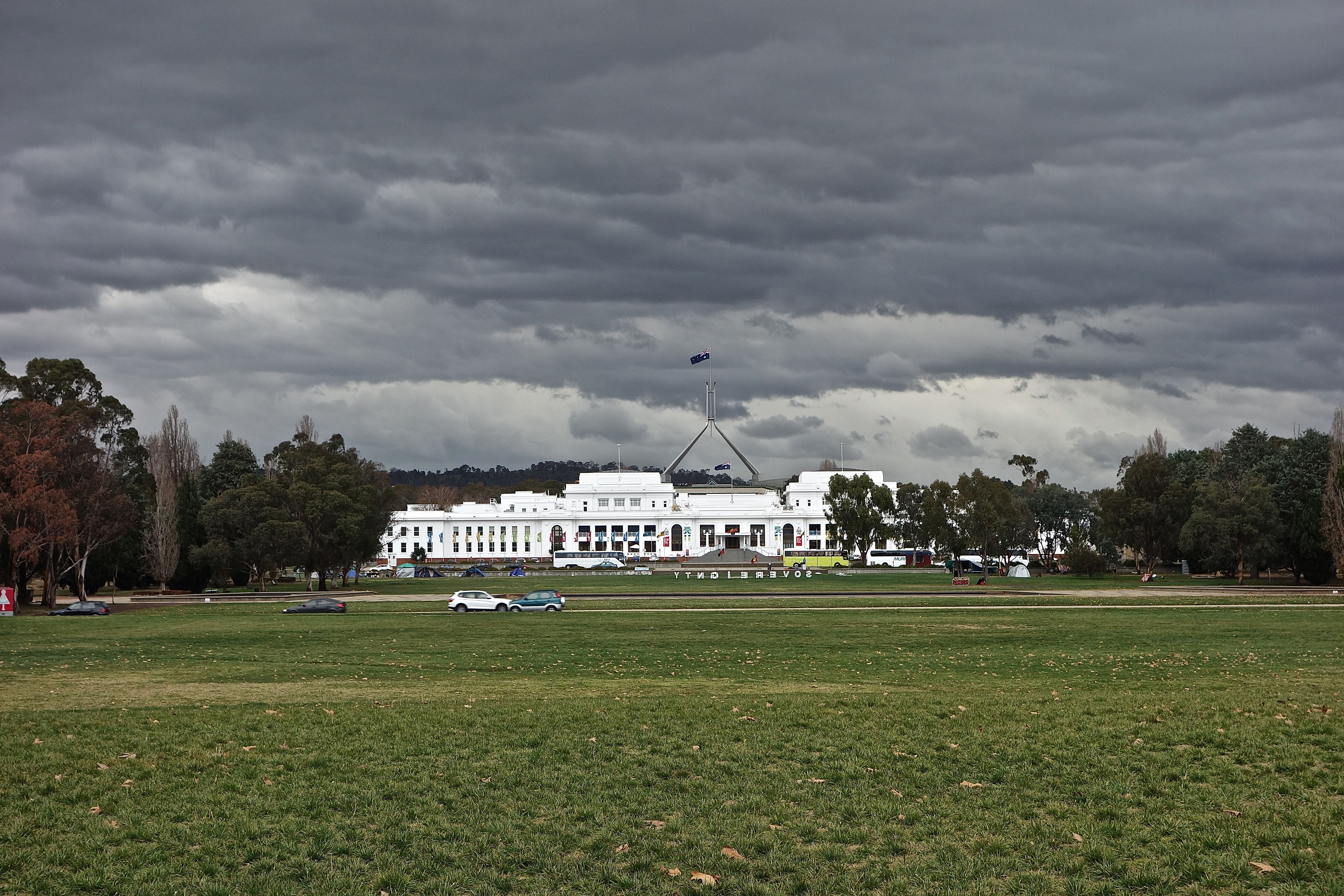Today there’s a prompt to show and tell: show the last photo I’ve taken, and tell the story behind that moment in time.
Yesterday I was passing the Civic library where I’ve worked casually as a tutor for a couple of years. There’s something in there that I’ve often wanted to photograph, but when I’m working I’m too busy for such an indulgence, though I sit gazing up at it while my student is busy with his writing exercises. Yesterday it wasn’t a work day, I had my camera, and I had time.
Here it is, my last photo. It’s of an artwork suspended from the library ceiling, a stripped down Vietnamese boat. The oars are long golden arms and hands pushing through the air, while a pair of eyes on the prow watches where the boat is going. The artist, Nerine Martini of Sydney, created the work during an artist residency in Vietnam in 2006 and has exhibited it in Vietnam on a lake (on a stand in the water) and at outdoor sculpture exhibitions in Sydney and Melbourne. The design of the Civic library is ideal for hanging a long object in the high-ceilinged space above the ground floor, up there at the mezzanine level where we can lean over the railing and look into the boat. The golden hands, each with a different gesture, reach out to the viewer; it was tempting to reach my own hand out to touch one. I didn’t.

It was an odd moment finally seeing the boat up close, as pleasurable as I expected it to be. But up on the mezzanine level where I took an earlier photo (see my header), as I leaned over the rail I was aware of a tutor at a table behind me teaching four students. I knew her. She was enjoying the interaction with her group, so I studied the boat for some moments and then I turned to her and quietly said “Hi, Jenny”. Although I have known her for five years, she looked at me blankly. I most uncomfortably interrupted her class to explain our connection as tutors. “Your face looks vaguely familiar,” she said.
I left the library feeling fulfilled but forgettable. Not so the rugged beauty of the Lifeboat.
*****

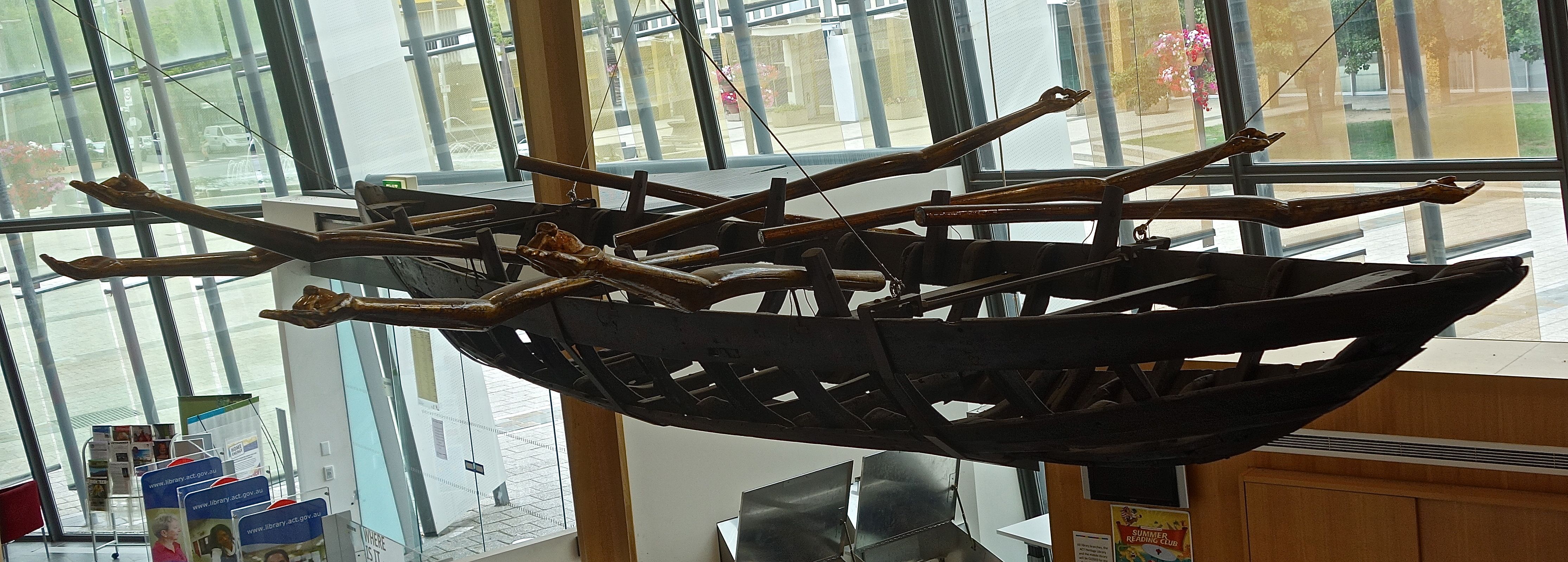






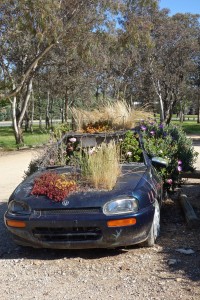
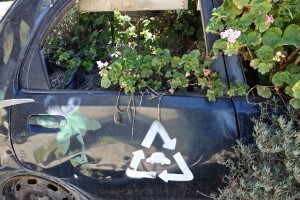
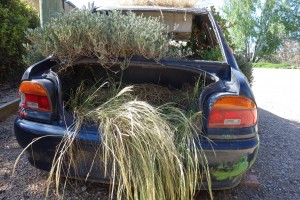
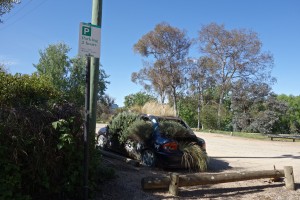


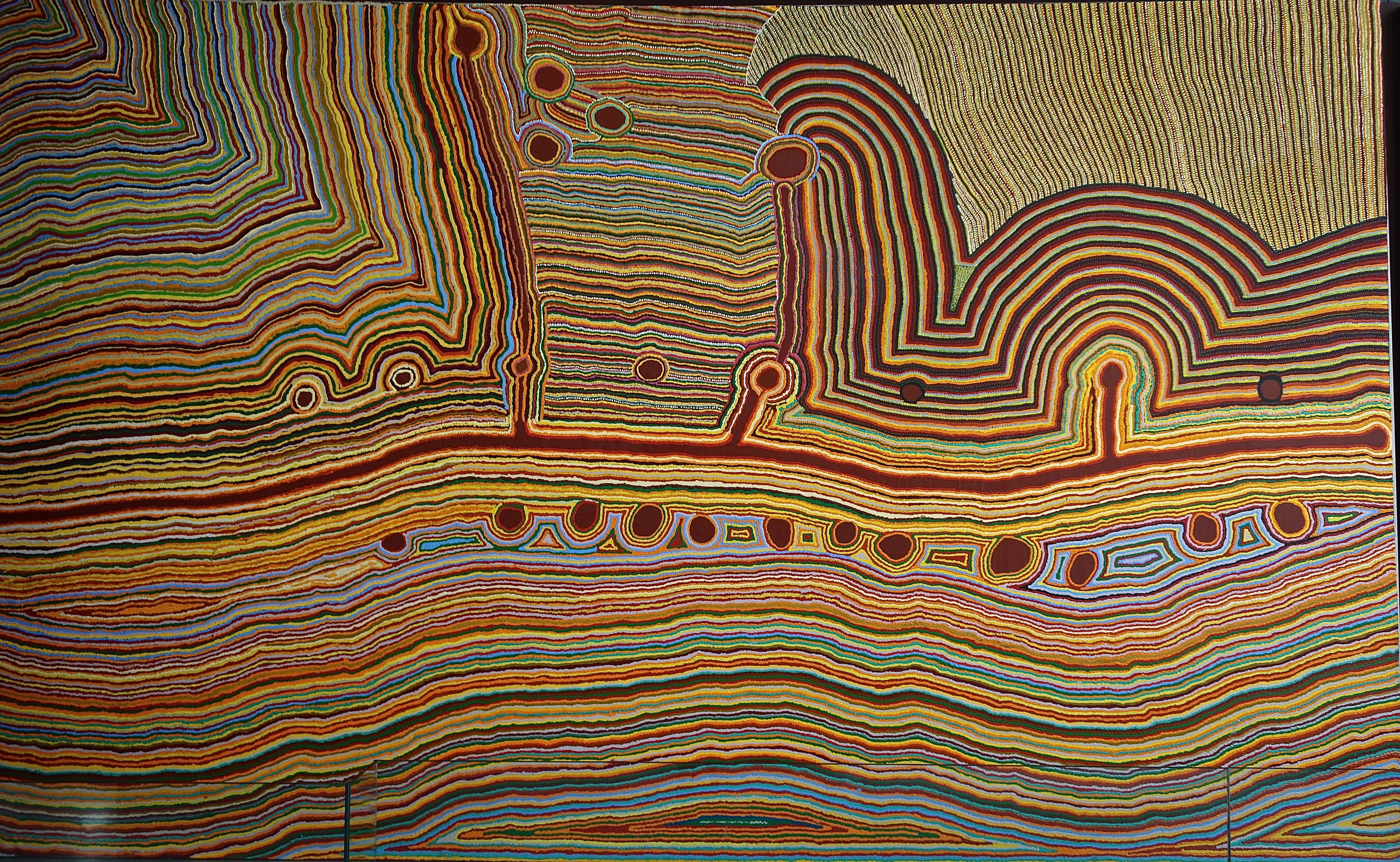
 In the foyer there are great glass windows looking onto the lake, and an artsy window dressing which produces the best shadows.
In the foyer there are great glass windows looking onto the lake, and an artsy window dressing which produces the best shadows.  As I moved up into the galleries, Eternity caught my eye. Arthur Stace famously wrote this single word in beautiful copperplate writing on the footpaths of Sydney between 1932 and 1967.
As I moved up into the galleries, Eternity caught my eye. Arthur Stace famously wrote this single word in beautiful copperplate writing on the footpaths of Sydney between 1932 and 1967.  Stace described an experience in church which prompted him to write Eternity half a million times over 35 years:
Stace described an experience in church which prompted him to write Eternity half a million times over 35 years: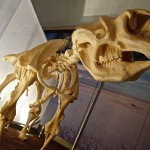
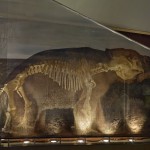
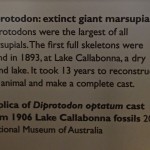
 One of the saddest sights in the museum was this gate, a reminder of times when some children were raised by institutions:
One of the saddest sights in the museum was this gate, a reminder of times when some children were raised by institutions:  There were other objects like leg irons and old pistols that remind us of our darker colonial past: and a convict bi-colour ‘magpie’ uniform, designed to deter convicts from escaping. But imagine the situation if, in 1788 and later, the roles had been reversed, and it wasn’t the English arriving to claim this land for the crown, but the Aboriginals arriving to take the land from the whites. Gordon Syron, an indigenous artist painted that ‘what if’ scene in The Black Bastards are Coming, 2006:
There were other objects like leg irons and old pistols that remind us of our darker colonial past: and a convict bi-colour ‘magpie’ uniform, designed to deter convicts from escaping. But imagine the situation if, in 1788 and later, the roles had been reversed, and it wasn’t the English arriving to claim this land for the crown, but the Aboriginals arriving to take the land from the whites. Gordon Syron, an indigenous artist painted that ‘what if’ scene in The Black Bastards are Coming, 2006:  Out on the museum terrace, one of the best spots to get a quiet waterside coffee, I was contemplating eternity when a man and dog came past on a surfboard (lakeboard?).
Out on the museum terrace, one of the best spots to get a quiet waterside coffee, I was contemplating eternity when a man and dog came past on a surfboard (lakeboard?). 
